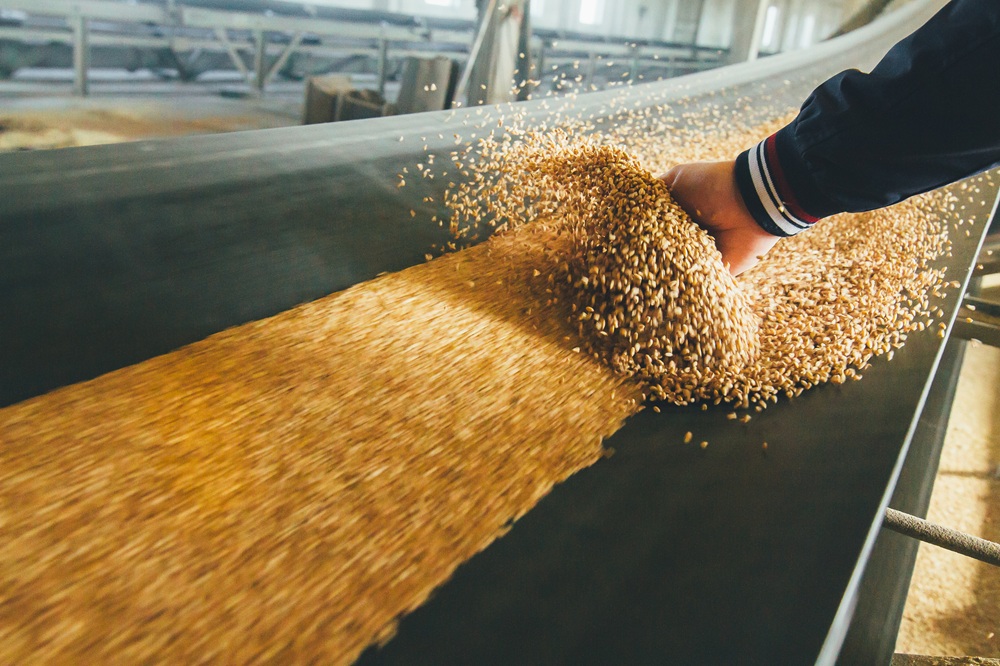16 November 2007 | By Martin G Scanlon, John H Page, M Nabil Bassim, Harry D Sapirstein,Guillermo G Bellido, Hussein M Elmehdi, Yuanzhong Fan, Valentin Leroy, Keyur L Mehta, G Moses Owolabi, Food Science, Physics & Astronomy, Mechanical & Manufacturing Engineering - University of Manitoba, Winnipeg, Manitoba, Canada
Bread, and the dough from which it is made from, can be viewed as a two-phase system of gas cells and matrix[1]. Both phases ordain the properties of the dough or the bread crumb, and both phases change considerably during the various operations that comprise the breadmaking process. In the…








